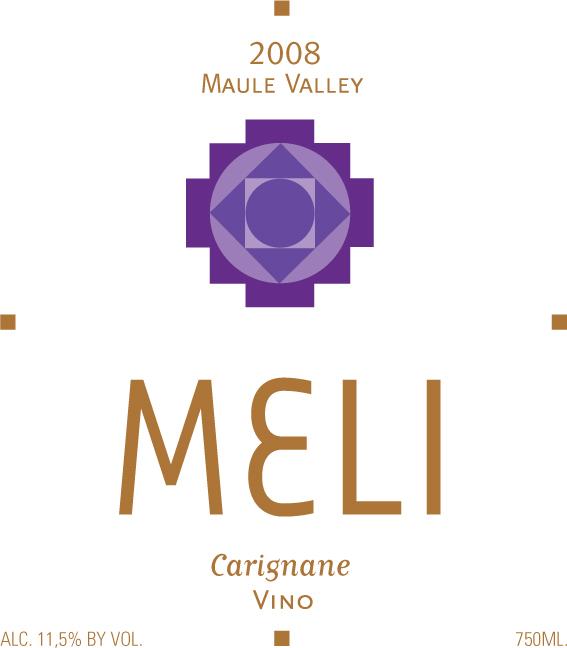2008 Maule Valley Carignane, Cabernet Sauvignon
The 2008 Meli Carignane, a delightful blend of Carignane and Cabernet Sauvignon from the picturesque Maule Valley, showcases the vibrant character of this Chilean wine region. In the glass, it presents a beautiful red hue that hints at the rich flavors within. On the palate, the wine offers a medium-bodied profile with a familiarity that makes it approachable. The acidity is bright and lively, contributing to a refreshing experience with each sip. Prominent fruit notes of dark berries and plum harmonize beautifully with subtle tannins, providing a pleasing structure that supports its overall character. This wine is decidedly dry, making it an excellent pairing choice for a variety of dishes, from grilled meats to hearty vegetable stews. Enjoy the complexity and vibrancy that the Maule Valley imparts, reflected in this outstanding vintage.
The 2008 Meli Carignane, a delightful blend of Carignane and Cabernet Sauvignon from the picturesque Maule Valley, showcases the vibrant character of this Chilean wine region. In the glass, it presents a beautiful red hue that hints at the rich flavors within. On the palate, the wine offers a medium-bodied profile with a familiarity that makes it approachable. The acidity is bright and lively, contributing to a refreshing experience with each sip. Prominent fruit notes of dark berries and plum harmonize beautifully with subtle tannins, providing a pleasing structure that supports its overall character. This wine is decidedly dry, making it an excellent pairing choice for a variety of dishes, from grilled meats to hearty vegetable stews. Enjoy the complexity and vibrancy that the Maule Valley imparts, reflected in this outstanding vintage.




